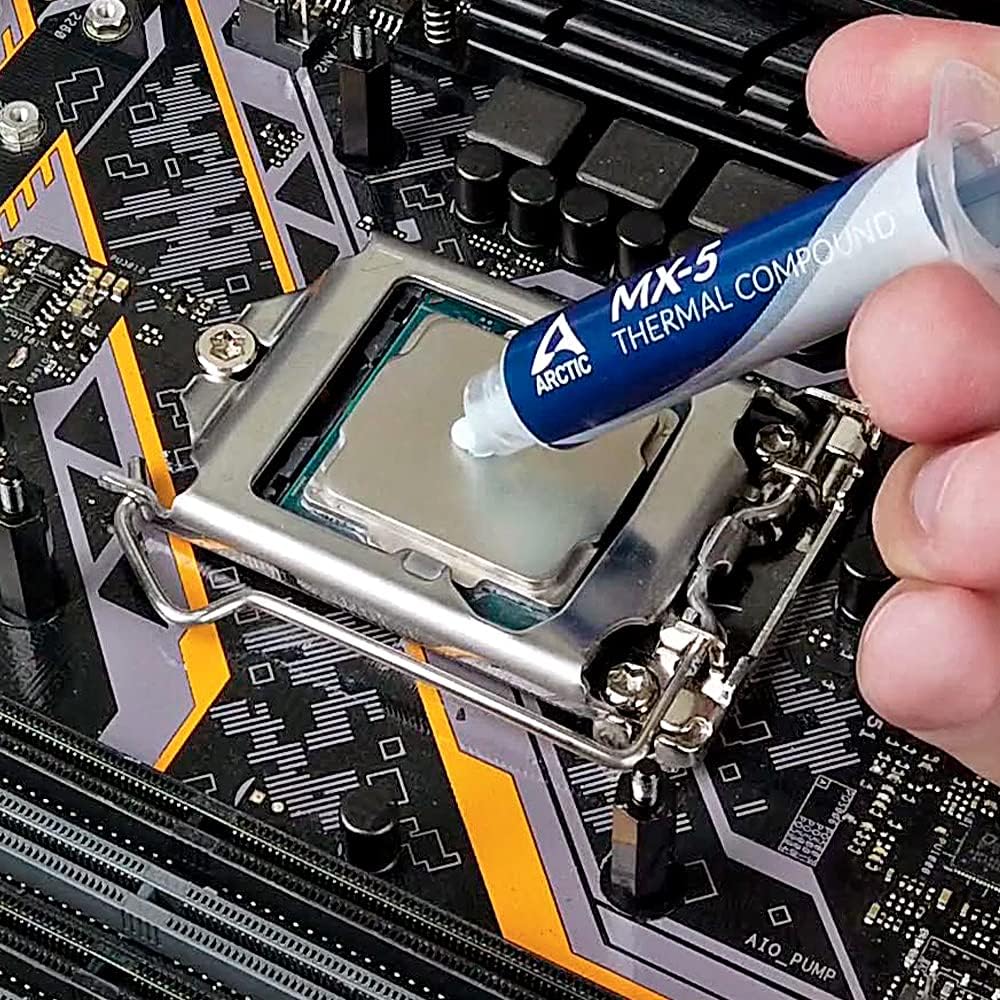If you use your GPU a lot it’s a good idea to replace the thermal paste every few years. This will help prevent it from melting and causing problems.
There are a few different methods for applying thermal paste. In this article we will go over how to do it properly.
How to Apply
Reapplying GPU thermal paste is an easy, cheap fix that can improve performance. It is a good idea to do this periodically as the metal surfaces of the GPU and heatsink can have minute scratches that prevent efficient contact, leading to throttling.
To replace the old paste, you need some thermal removal fluid and a clean cloth. Rub some of the remover on the cloth and wipe until it is clean. Repeat on a fresh area of the cloth until both the GPU and heatsink are free of grime. Then, use some compressed air to blow away any dust particles that may have remained on the cloth.
Next, you will need to loosen the screws on the back of the card and gently remove it. Then, use the screwdriver to unfasten any cables connecting it and open the case. Make sure the power supply is off before you start. You will also need to make sure the fan cable is unplugged.
Choosing the Right Paste
In order to make sure that heat conduction is as efficient as possible, you want to have a paste with a high thermal conductivity rating. This is measured in watts per meter Kelvin (W/mk) and the higher it is, the better.
The best option is a copper-based thermal paste. This is because copper is the most conductive metal and will transfer the most heat to your heat sink. This will help to keep your CPU and GPU cool, which will prevent overheating and increase performance.
It is important to remember that you should not use liquid-metal pastes if you are a beginner as these can be dangerous if they are spilled on the motherboard or CPU. Liquid-metal pastes have micro-metallic particles in them which are electrically conductive and can cause serious damage if they get on your processor or motherboard. If you are a beginner then stick with a carbon or ceramic-based thermal paste like our top pick for the best CPU thermal paste.
Cleaning the Old Paste
If your GPU has been mining for a while, it is probably time to change the old thermal paste. It will eventually dry out and be less effective in conducting heat to the GPU’s heat sink, causing it to overheat.
This is especially important if you overclock your GPU or use it for heavy tasks like video rendering and gaming. Overheating can damage the GPU and cause permanent failure.
You can remove the heatsink from your GPU and clean the old paste using rubbing alcohol or cotton swabs dipped in isopropyl alcohol. You can also use a thermal paste removal agent, like Kooling Monster KLEAN-01, which is designed to make the process quick and easy.
While replacing the thermal paste should help reduce overheating on your GPU, it’s important to remember that other factors can contribute to high temperatures, including insufficient ventilation and hardware malfunctions. Be sure to monitor your GPU’s temperature regularly and apply new paste when necessary to keep it cool.
Applying the New Paste
Like CPUs, GPUs need thermal paste to fill the microscopic gaps between the chip and the heatsink. This improves the transfer of heat from the chips to the cooler and helps keep temperatures low, thereby improving performance and longevity.
As with CPUs, changing the paste is recommended if your GPU starts overheating or you want to improve gaming or other graphics-intensive performance. However, disassembling and reassembling the card can void the warranty, so you may want to consider alternative simpler solutions first, such as improving case ventilation or cleaning dust from the GPU fan/s before proceeding.
There is no definitive method of applying the paste, with varying opinions on the best shape (central application, cross design, one solid line, etc.). Igor Wallossek over at Igor’s Lab has tested various methods and concluded that a sausage-style approach gave the best results, reducing the temperature by five degrees compared to the least effective methods. This is due to the fact that the excess paste is squirted out of the heat sink during mounting, thereby covering more of the surface area and improving overall performance.



